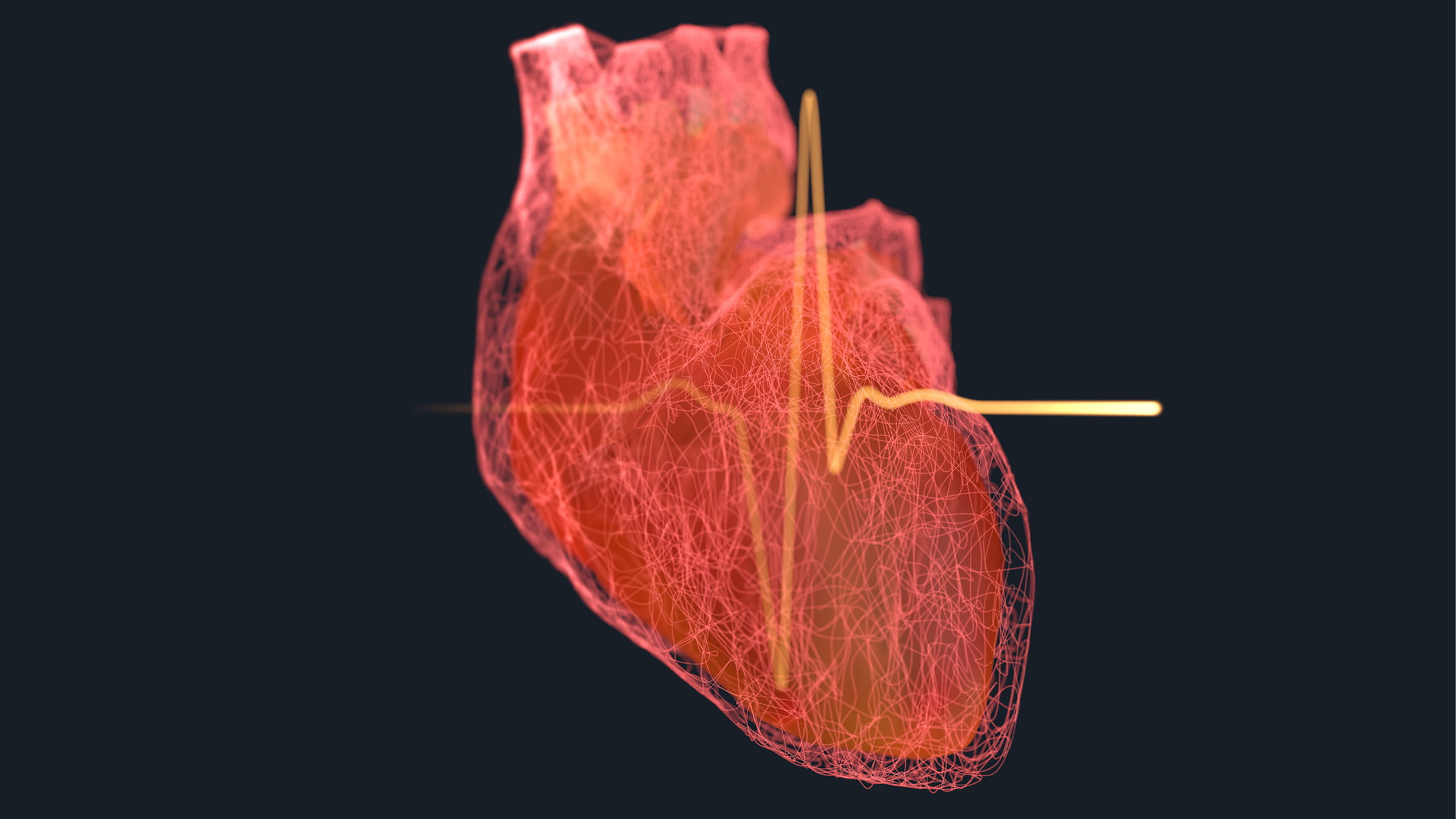
Heart failure, the term for what happens when the heart can't effectively circulate blood to the body's organs, can have many causes. Depending on the cause, we can return heart function back to normal.
What is heart failure?
Most of the time, heart failure is due to reduced pumping function in the heart, called “systolic heart failure.” But heart failure can also happen when the heart is pumping normally — that’s known as “diastolic heart failure.”
In diastolic heart failure, while the pumping function is normal, there are problems with the relaxation of the heart, leading to blood-circulation problems.
We’ll focus mainly on systolic heart failure here. Systolic heart failure symptoms include shortness of breath and fluid retention, but some people with this type of heart failure might have more subtle or less severe symptoms.
How is heart failure diagnosed?
We can measure heart pumping function by calculating something called the ejection fraction, which is how much the heart is able to squeeze with each beat. This is determined with imaging studies, such as an echocardiogram.
Normal ejection fraction is 50-55% or above. Between 40% and 50% is mildly reduced, 30-40% is moderately reduced, and under 30% is severely reduced.
What causes heart failure?
There are many potential causes for heart failure, but they’re generally categorized into two groups: ischemic causes and non-ischemic causes.
Ischemic refers to lack of blood flow to the heart, typically due to coronary artery disease. If there are blockages in the coronary arteries that resulted in a heart attack, this can reduce the pumping function of the heart and cause heart failure.
Non-ischemic causes encompass a large number of causes not due to coronary artery disease, including:
- High blood pressure, which can weaken the heart if left uncontrolled for a long period
- Heart valve problems, such as severe aortic stenosis, aortic regurgitation and mitral valve regurgitation
- Myocarditis, or inflammation of the heart, often due to viral infections
- Using certain drugs, such as certain chemotherapy treatments or other substances, like alcohol or illicit drugs
- Arrhythmias, such as atrial fibrillation or frequent premature ventricular contractions, making the heart beat abnormally or very fast for a long period of time
- Other systemic medical conditions, such as sarcoidosis, thyroid disease or autoimmune disease
- Genetic cardiomyopathies due to genetic mutation
While there are many specific causes of heart failure, a large number can be considered idiopathic, meaning there’s no particular cause identified.
What does it mean to reverse heart failure?
I consider heart failure “reversed” when that reduced ejection fraction returns to a normal range.
How can heart failure be reversed?
The ability to reverse heart failure depends on the cause of the heart failure.
If heart failure is due to high blood pressure, then treatment and control of that hypertension can improve the ejection fraction. If it’s due to a heart valve problem that gets addressed or an arrhythmia that’s controlled, ejection fraction can return to normal.
If heart failure is caused by alcohol or other substance use, stopping use of those substances can reverse heart failure, too.
Some underlying causes of heart failure, such as myocarditis due to an infection, or stress-induced cardiomyopathy, generally resolve themselves over time, returning the heart pumping function to normal.
When someone has heart failure because of coronary artery disease, sometimes heart failure can improve with revascularization of the coronary artery blockages.
When is heart failure most likely to be reversed?
The longer and more severely the heart has been damaged, the more difficult it is to reverse heart failure. For example, if someone has been drinking too much alcohol or been in an uncontrolled arrhythmia for a long time, the heart becomes more damaged and there’s less chance of recovery.
Most causes of heart failure will cause injuries to the heart itself and can lead to fibrosis or scar formation within the heart. Once a scar is present, it doesn’t typically go away, and if too much scarring has formed, then the ejection fraction or pumping function might not improve, even with therapy.
Sometimes, we can perform a cardiac MRI to get an estimate of how much scar is present in the heart, which helps us determine if there’s any viable tissue left. That gives us a better idea of the chances of heart failure reversibility.
Heart attacks are common causes of heart failure, and this occurs when there’s a sudden blockage of blood flow to the heart tissue, which then causes tissue death and scar formation. If the heart attack isn’t treated quickly enough, the resulting scar might be larger and make heart failure less likely to reverse.
In many cases, we simply can’t tell if heart failure can be successfully reversed until we try to treat the underlying condition and test that ejection fraction again.
The bottom line
Early diagnosis and early treatment of heart failure are important, because if the underlying cause isn’t addressed in time, it can cause long-term changes to the heart that make heart failure harder to reverse.
Lifestyle changes also are important, both for potentially reversing heart failure and preventing heart failure from getting worse.
People with heart failure tend to retain fluid, leading to worse symptoms and even hospitalization. Because fluid retention is worsened and often triggered by increased sodium or fluid intake, most people with heart failure should stick to a low-sodium diet and sometimes need fluid restriction.
Diet, exercise, weight loss and quitting smoking and alcohol use are also important lifestyle changes that can help other conditions, such as high blood pressure and coronary artery disease.

Your heart is in the right place
Learn more about advances in care and treatment for patients at The Ohio State University Heart and Vascular Center
Expert care starts here




